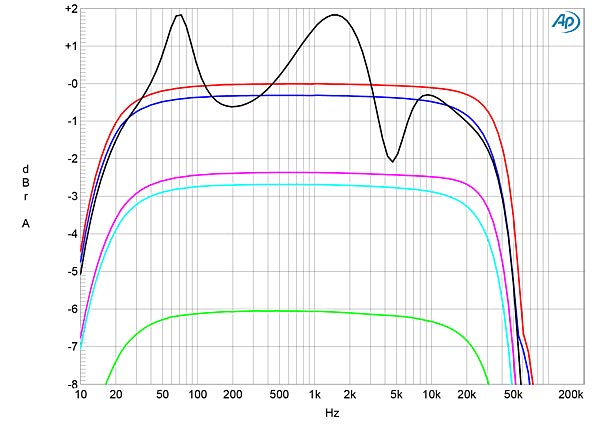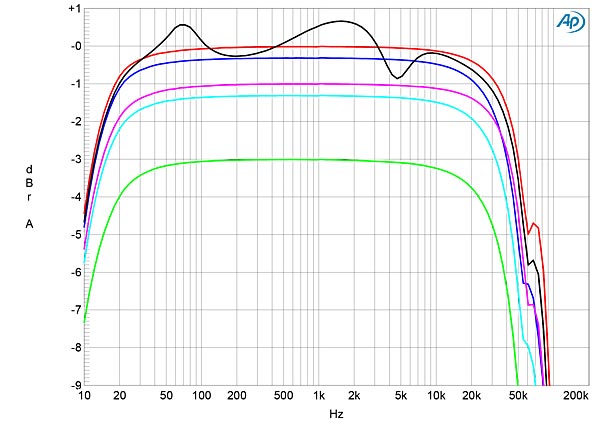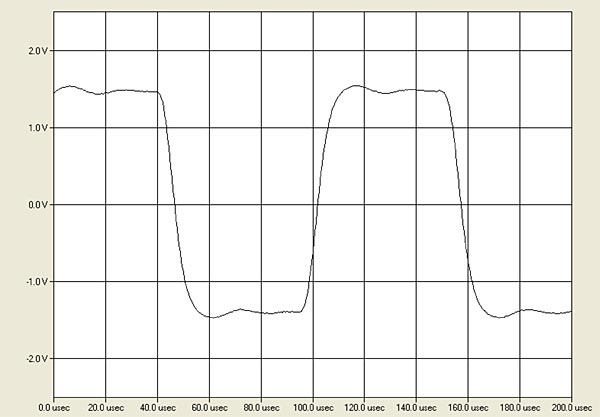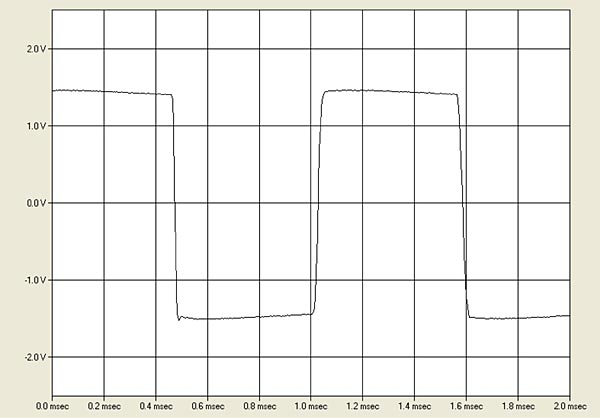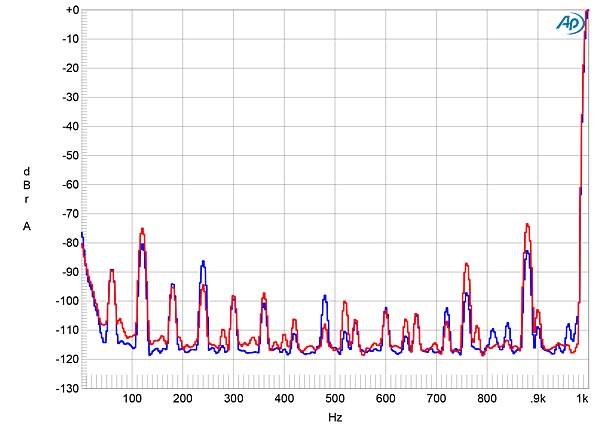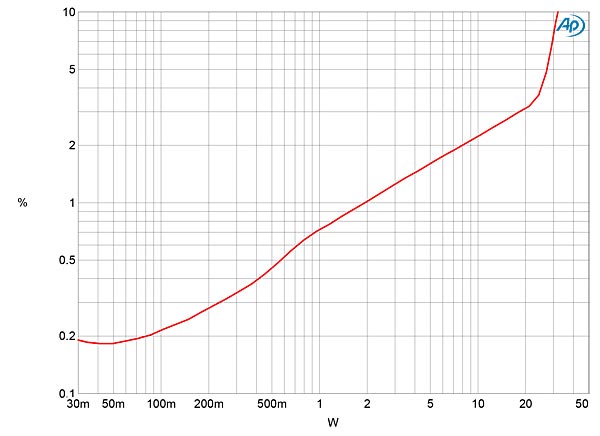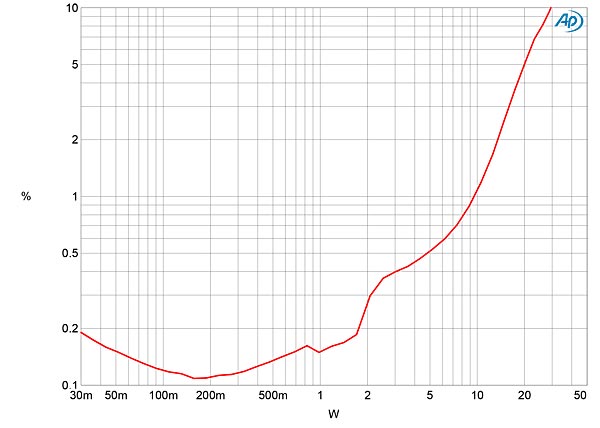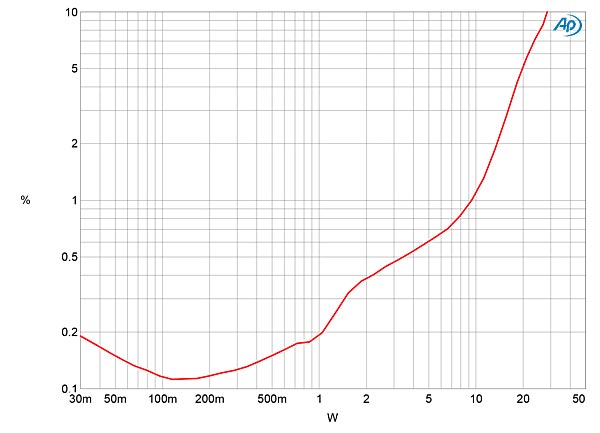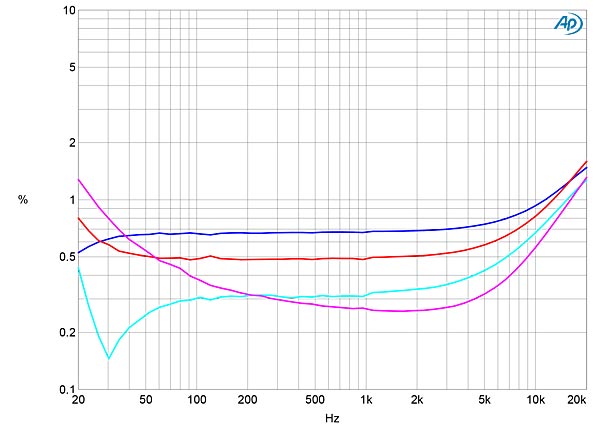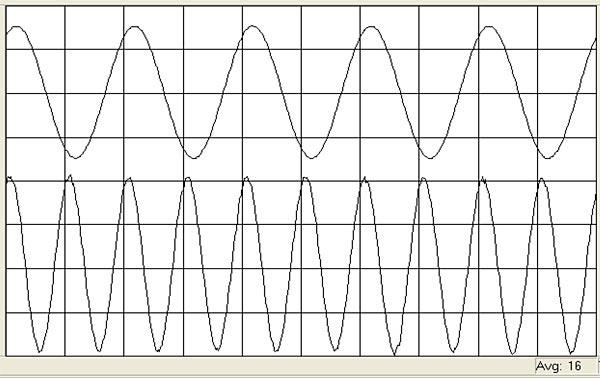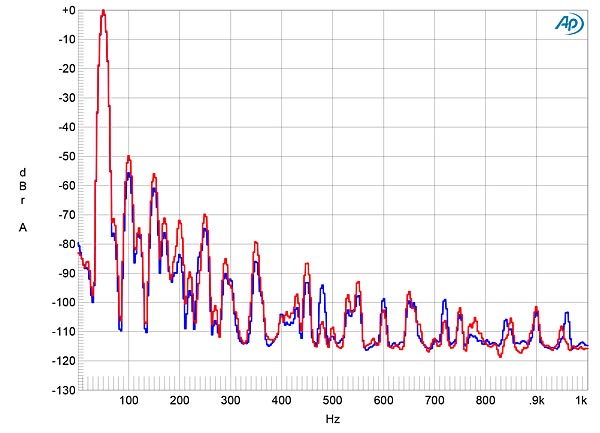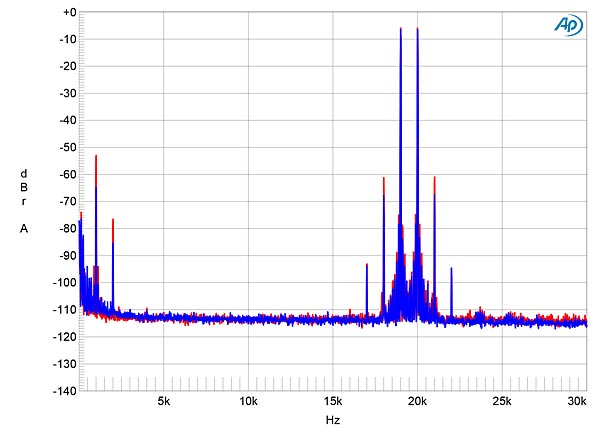| Columns Retired Columns & Blogs |
I walk around in the summertime saying "How about this heat!"
That is some hot hot heat on that amplifier. I think the required AC support noise would mask some of the sonic benefits of the amp.
Everything else you wrote about it sounds like it would be perfect...even the price! I half expected it to be some 33,900 dollar audio-decoration room heater, but that price for that amount of kit seems not crazy! It's a good spot where a person of normal means could save up and get one.
Thank you for a really great review. The review gave me a tactile feeling about this amplifier.
I wonder if you could put those AGD Productions tubes into those sockets and get a cooler running amp.
(No need to explain the joke, friends.)
